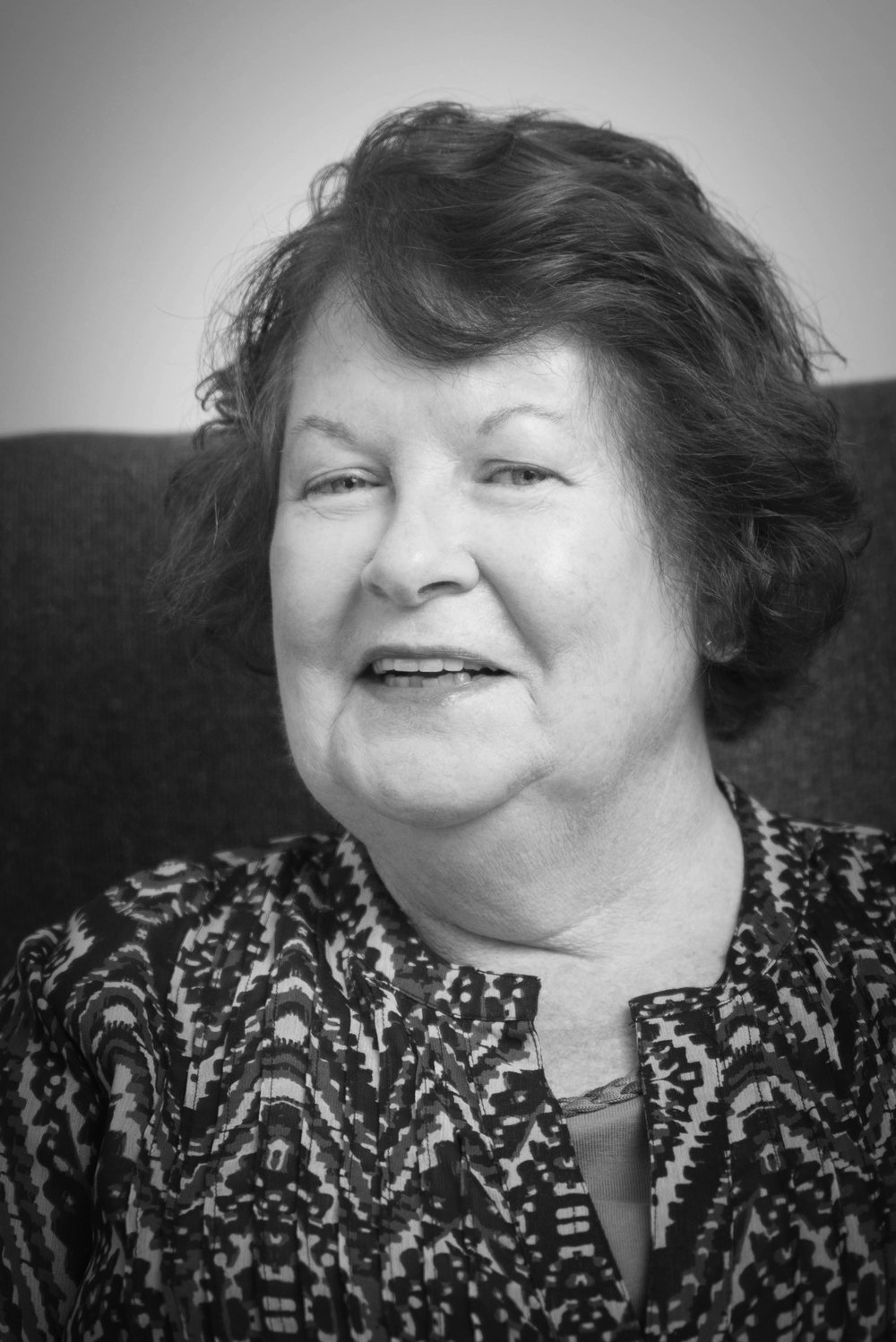When I was commissioned by the New South Wales Province of the Brigidine Sisters to write a book about their history, I was conscious of the need to give a voice to individual Sisters, the Brigidines in country towns, in large boarding and secondary school complexes, in poorly resourced parish schools and prestigious city colleges. I was continually amazed and humbled by the courage, resourcefulness and dedication of the Brigidine women as I discovered their stories in letters, in personal interviews, in speeches and written reminiscences. Their individual contributions were woven into a vibrant tapestry of a religious institute dealing with struggle, conflict and great change over 130 years.
The Brigidine Sisters arrived in Australia from Ireland in 1883. At Coonamble, some 500 kilometres north-west of Sydney, they immediately enrolled male and female pupils in a select (high) school and a parish school and accommodated female boarders in their convent. By the turn of the century, more communities were established in Cooma, Cowra and Cundletown. Brigidines were renowned educationalists and musicians and in these country towns their contribution was highly valued by Catholics and non-Catholics alike. When the opportunity came to establish their new mother house and novitiate at Randwick, Sydney, Mother John Synan, a ‘woman of wisdom, resilience and vision’, could look back on 20 years of outstanding achievements and personal privations and be grateful that Providence did provide.
The Brigidines continued to expand, always in response to requests from bishops and parish priests in need of religious educators. In Queensland, they established large boarding schools at Indooroopilly and Scarborough, along with secondary schools and parochial schools. A number of schools were opened in the rapidly expanding suburbs of Sydney’s east and the North Shore. During the height of invasion fears in World War II, a pioneer community travelled to Subiaco, Perth via an epic train journey. Three secondary girls’ colleges today retain the name Brigidine: those in Randwick and St Ives in Sydney, and in Indooroopilly in Brisbane.
Evident in the Brigidines’ stories are continuing battles – battles against drought, heat and dust, deadly diseases, overcrowded schoolrooms, interfering bishops and demanding parish priests, inadequate and cramped accommodation, war rationing and real fears of enemy invasion. Ever-present was the ‘tyranny of distance’ between the congregation’s governing body in Ireland and between the communities of the NSW Province which, by 194,2 spanned three Australian states and New Zealand.
My recent book on the Brigidines begins with a journey of six self-exiles from the ‘soft green fields’ of Mountrath in central Ireland to the ‘black soil plains’ of the Castlereagh in central-west NSW. Mother John Synan wrote she had never felt more lonely as their ship left the London dock. Many more journeys were to follow: physical journeys, often perilous and certainly arduous; spiritual journeys, both collective and individual, as decreed by the Second Vatican Council; and personal journeys as the Sisters retreated from education and explored new ways in which their considerable talents and individual interests could be utilised. New ministries took Brigidines to New Guinea, to the outer western suburbs of Sydney, into jails and courtrooms, to migrant hostels, to placements as hospital and university chaplains, into detention centres, and even to the United Nations. As they journey into the future, the legacy of these courageous and talented women remains throughout the country.
Janice Garaty is the author of Providence Provides: The Brigidine Sisters in the NSW Province, released this month.
